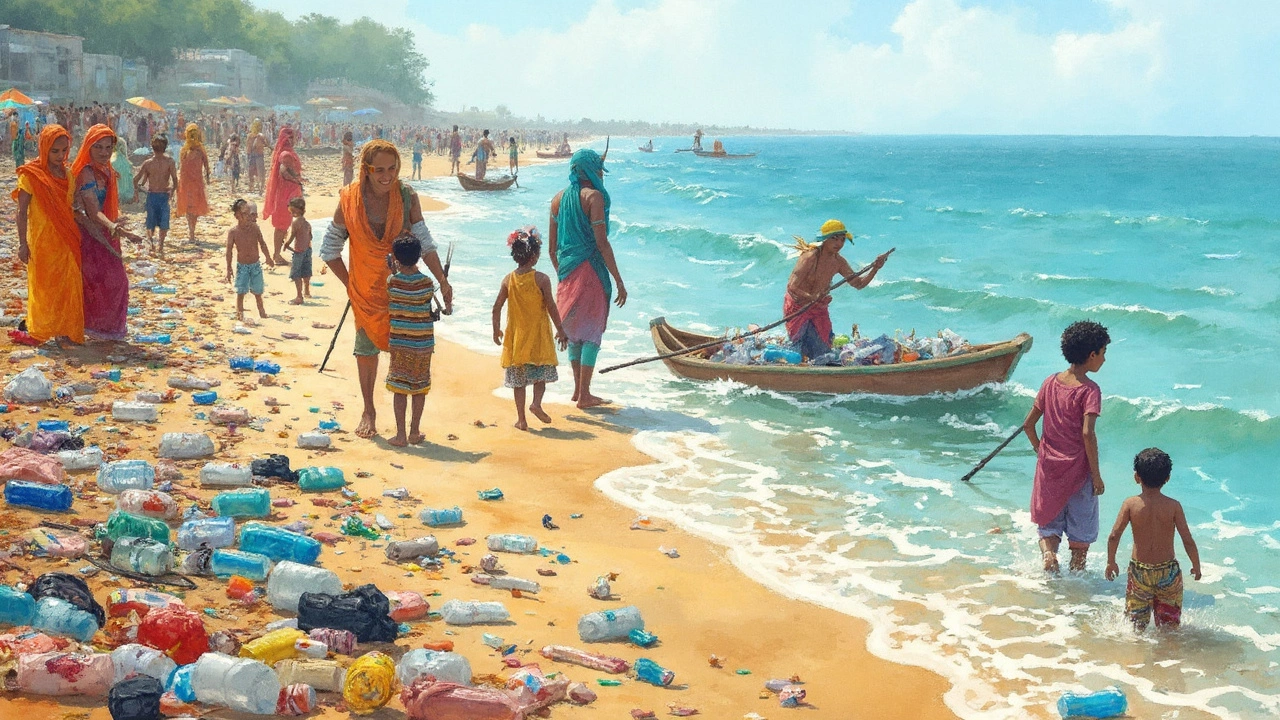Microplastics: What They Are and Why They Matter
Microplastics are tiny pieces of plastic that are smaller than five millimeters. They look harmless, but when they enter water, soil, or food, they can travel far and stay for a long time. Because they’re so small, they slip through filters, get eaten by fish, and even end up in our plates.
Most of us first hear about microplastics in news about oceans. The truth is they’re everywhere – in rivers, in the air we breathe, and in the products we use daily. Understanding where they come from helps us figure out how to keep them out of the environment.
Common Sources of Microplastics
One big source is the breakdown of larger plastic items. When a plastic bottle, bag, or packaging piece gets exposed to sunlight, heat, or mechanical stress, it fragments into smaller pieces. Over time, these fragments become microplastics.
Another source is synthetic fibers from clothing. Every time you wash a polyester or nylon shirt, tiny fibers wash out with the water. These fibers travel through wastewater treatment plants and often end up in rivers and oceans.
Personal care products also add to the problem. Some facial scrubs, toothpaste, and body washes still contain microbeads – tiny plastic beads that rinse away directly into the water system. Although many countries have banned them, old products can still be in circulation.
Industrial processes, such as plastic resin production and pellet loss during transport, release “nurdles” – the raw material for many plastics. These pellets are lightweight and can be carried by wind or water to distant locations.
Reducing Microplastic Pollution
Switching to natural fabrics like cotton, wool, or linen can cut down the amount of synthetic fiber shedding. If you prefer technical fabrics, consider buying high‑quality items that produce fewer fibers and washing them in a microfiber filter bag.
Check ingredient lists on cosmetics and choose products labeled “microbead‑free.” Many brands now use natural exfoliants like salt, sugar, or coffee grounds.
Proper waste management is key. Rinse plastic containers before recycling, avoid littering, and support local clean‑up drives. When possible, reduce single‑use plastic consumption – use refillable bottles, reusable bags, and bulk buying options.
Support policies that tighten regulations on plastic production and improve wastewater treatment. Community actions, like advocating for filter upgrades at local plants, can make a measurable difference.
Finally, spread the word. The more people understand how everyday choices add up, the faster we can curb microplastic pollution. Small steps add up to a cleaner environment for everyone.

Plastic Pollution: Which Plastics Fill Our Oceans the Most?
This article breaks down which types of plastic end up polluting our oceans the most. It highlights the main culprits and shows how manufacturing choices impact the problem. You'll get real facts about plastic waste, find out where it all comes from, and learn how changes in the way we use and produce plastic could help turn the tide. Easy tips are included for anyone who wants to make a difference. Ideal if you care about the plastic problem and want straightforward answers.
Read More